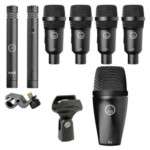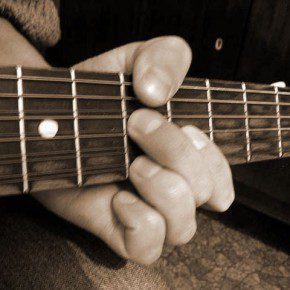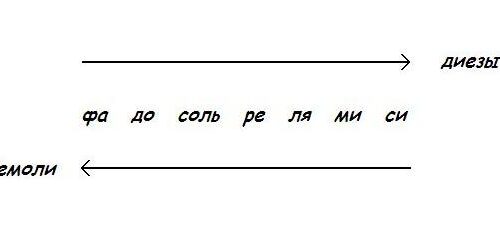
The secret of the brilliant Stradivarius violins
 The place and exact date of birth of the well-known Italian violinist-master Antonio Stradivari have not been precisely established. The estimated years of his life are from 1644 to 1737. 1666, Cremona – this is a mark on one of the master’s violins, which gives reason to say that in this year he lived in Cremona and was a student of Nicolo Amati.
The place and exact date of birth of the well-known Italian violinist-master Antonio Stradivari have not been precisely established. The estimated years of his life are from 1644 to 1737. 1666, Cremona – this is a mark on one of the master’s violins, which gives reason to say that in this year he lived in Cremona and was a student of Nicolo Amati.
The great master created more than 1000 violins, cellos and violas, devoting his life to the manufacture and improvement of instruments that will forever glorify his name. About 600 of them have survived to this day. Experts note his constant desire to endow his instruments with powerful sound and rich timbre.
Enterprising businessmen, knowing about the high price of the master’s violins, offer to buy fakes from them with enviable regularity. Stradivari marked all violins the same way. His brand is the initials A.B. and a Maltese cross placed in a double circle. The authenticity of the violins can only be confirmed by a very experienced expert.
Some facts from the biography of Stradivari
The heart of the genius Antonio Stradivari stopped on December 18, 1737. It is estimated that he could have lived from 89 to 94 years, creating about 1100 violins, cellos, double basses and violas. Once he even made a harp. Why is the exact year of birth of the master unknown? The fact is that plague reigned in Europe in the XNUMXth century. The danger of infection forced Antonio’s parents to take refuge in their family village. This saved the family.
It is also unknown why, at the age of 18, Stradivari turned to Nicolo Amati, a violin maker. Perhaps your heart told you? Amati immediately saw him as a brilliant student and took him as his apprentice. Antonio began his working life as a laborer. Then he was entrusted with the work of filigree wood processing, working with varnish and glue. This is how the student gradually learned the secrets of mastery.
What is the secret of Stradivarius violins?
It is known that Stradivari knew a great deal about the subtleties of the “behavior” of the wooden parts of the violin; recipes for cooking a special varnish and the secrets of correct installation of strings were revealed to him. Long before the work was completed, the master already understood in his heart whether the violin could sing beautifully or not.
Many high-level masters were never able to surpass Stradivari; they did not learn to feel wood in their hearts the way he felt it. Scientists are trying to understand what causes the pure, unique sonority of Stradivarius violins.
Professor Joseph Nagivari (USA) claims that to preserve the wood, the maple used by famous violin makers of the 18th century was chemically treated. This influenced the strength and warmth of the instruments’ sound. He wondered: could treatment against fungi and insects be responsible for such purity and brightness of the sound of the unique Cremonese instruments? Using nuclear magnetic resonance and infrared spectroscopy, he analyzed wood samples from five instruments.
Nagivari argues that if the effects of the chemical process are proven, it will be possible to change modern violin making technology. The violins will sound like a million dollars. And restorers will ensure the best preservation of ancient instruments.
The varnish that covered Stradivarius instruments was once analyzed. It was revealed that its composition contains nanoscale structures. It turns out that three centuries ago the creators of violins relied on nanotechnology.
3 years ago we conducted an interesting experiment. The sound of a Stradivarius violin and a violin made by Professor Nagivari were compared. 600 listeners, including 160 musicians, assessed the tone and strength of sound on a 10-point scale. As a result, Nagivari’s violin received higher scores. However, violin makers and musicians do not recognize that the magic of their instruments’ sound comes from chemistry. Antique dealers, in turn, wanting to preserve their high value, are interested in preserving the aura of mystery of antique violins.




